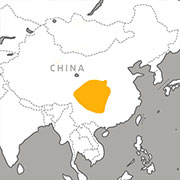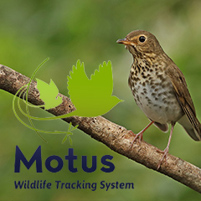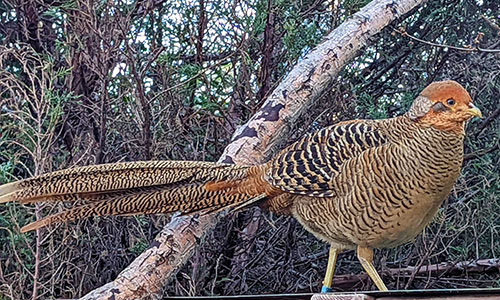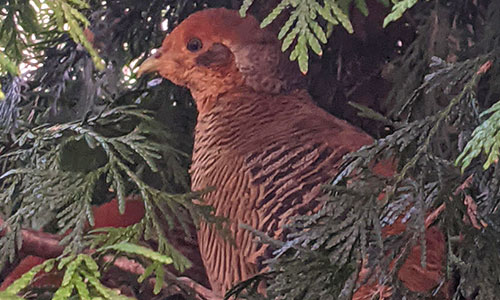Golden Pheasant
Chrysolophus pictus
About the Golden Pheasant

Geographic Range:

Class: Aves
Order: Galliformes
Family: Phasianidae
Genus: Chrysolophus
Species: pictus
Golden pheasants are most closely related to partridges, turkeys, quail and grouse. Male pheasants have golden-yellow crests, yellow wattles, orange ruffs, green upper backs, and blue and red wings. Females are more muted in color. Pheasants are primarily terrestrial birds, as they aren't great at flying, but they are capable of short, fast bursts of flight. Their typical vocalizations include a “chack chack” sound.
Golden Pheasant Facts
Appearance:
Male pheasants have a golden-yellow crest with red at the tips. Their faces and neck area are a brownish color. They have yellow wattles, orange ruffs, green upper backs, bright red breasts and flanks, and their lower backs are golden-yellow. These pheasants’ wings are a mix of blue and red, and their tail feathers are spotted brown and black. Females, barred buff and blackish brown, are more muted in color. Both males and females have yellow legs and bills.
Pheasants come from the family Phasianidae. This family also consists of partridges, turkeys, quail and grouse, making these species their closest relatives.
Size:
Length: Males: 110cm (44in.); Females: 65cm (26in.)
Weight: Varies from 350g - 700g
Diet:
Includes insects, grubs, berries, seeds and vegetation
Reproduction:
Female pheasants typically reach sexual maturity after one year of age, and males after two. These birds are typically monogamous and form pairs, though some males may have harems of up to eight females. They breed in late winter/early spring, and females lay their eggs during the month of April. Clutches range from 8-12 eggs, which incubate for 22-23 days. Chicks fledge 12-14 days after hatching.
Behavior:
Pheasants are primarily terrestrial birds, as they’re not great at flying, though they are capable of short, fast bursts of flight. Their typical vocalizations include a “chack chack” sound. These birds are generally sedentary and solitary, but they’ll interact with other pheasants during breeding season. During this time, males spread their neck feathers over their heads and beaks like a cape, and they have a distinct mating call.
Median Life Expectancy:
5-6 years in the wild
Habitat/range:
These birds are native to China, specifically found in forests in Western and Central China. They have recently been found in Britain and Hawaii as well.
Conservation:
Golden pheasants’ habitats are threatened by deforestation from timber extraction. These birds are also captured for the pet trade, and they are often overhunted for food.
You Can Find This Animal in the Children's Zoo
Committed to Conservation

We've collaborated with the MA Audubon Society to track and protect wildlife using the Motus Wildlife Tracking System. By tracking movement patterns, like where birds go during migration and how long they remain there, researchers can pinpoint the greatest threats to vulnerable species.
You may also like
At Franklin Park Zoo:
At Stone Zoo:













